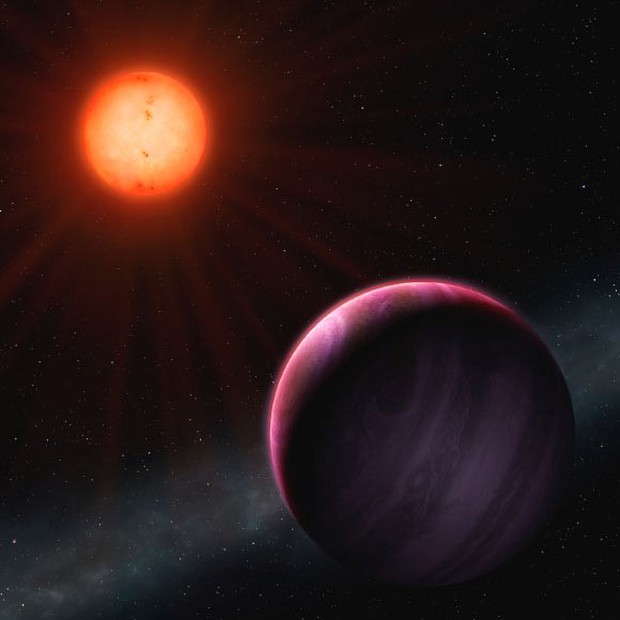According to the scientific world, this giant “monster” planet cannot survive due to its size much larger than its host star.
According to space reports, scientists at the University of Warwick (UK) recently discovered a giant planet, named NGTS-1b. This planet is known to have the largest size ratio to the host star ever discovered.
To discover this planet, experts at the University of Warwick used the Next-Generation Transit Survey (NGTS) device – a small telescope system with a large field of view to search for planets orbiting the star. . Master.
Further research, scientists discovered, NGTS 1b is a gaseous planet, about 600 light years from Earth, the size of Jupiter and orbiting a smaller host star – with radius and mass equal to 1/2 of the Sun.
Previously, scientists believed that small stars could “give birth” to rocky planets, but could not have enough material to create large planets like Jupiter. It seems to contradict the theory of astronomy – when a star is too small to create a bigger and bigger planet like Jupiter.
We know that this planet is about 4.5 million km from its host star, or only 3% of the distance between the Sun and Earth (or about 150 million km).
Each cycle around the NGTS-1b host star takes only 2.6 days. This means that a year on NGTS-1b lasts approximately 2.6 days. The temperatures measured on this planet are around 530 degrees Celsius.
Dr Daniel Bayliss from the Department of Astronomy and Astrophysics at the University of Warwick said: “The discovery of NGTS-1b completely surprised researchers because no one could believe that such a large planet could be. could exist around such a small host star “.
Currently, researchers are continuing their studies because they believe that there are still many giant planets of this type to be discovered. And with the new NGTS, we can do it absolutely well.
Space, Independent, NewSci



